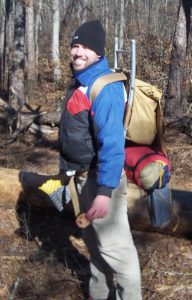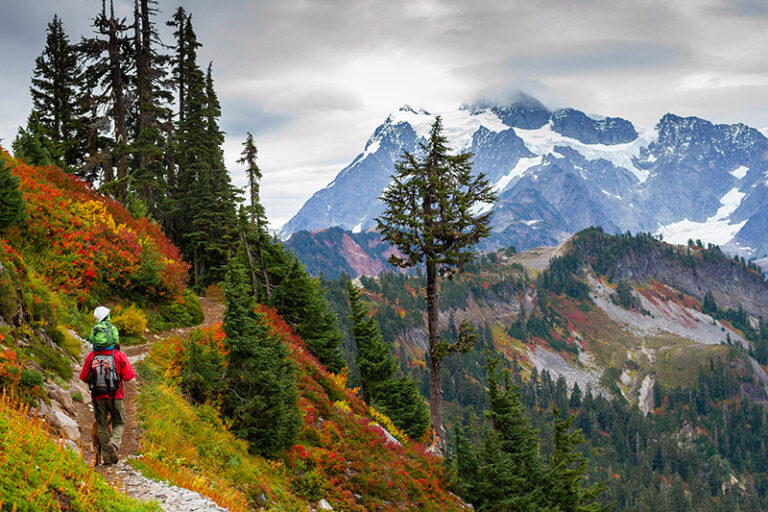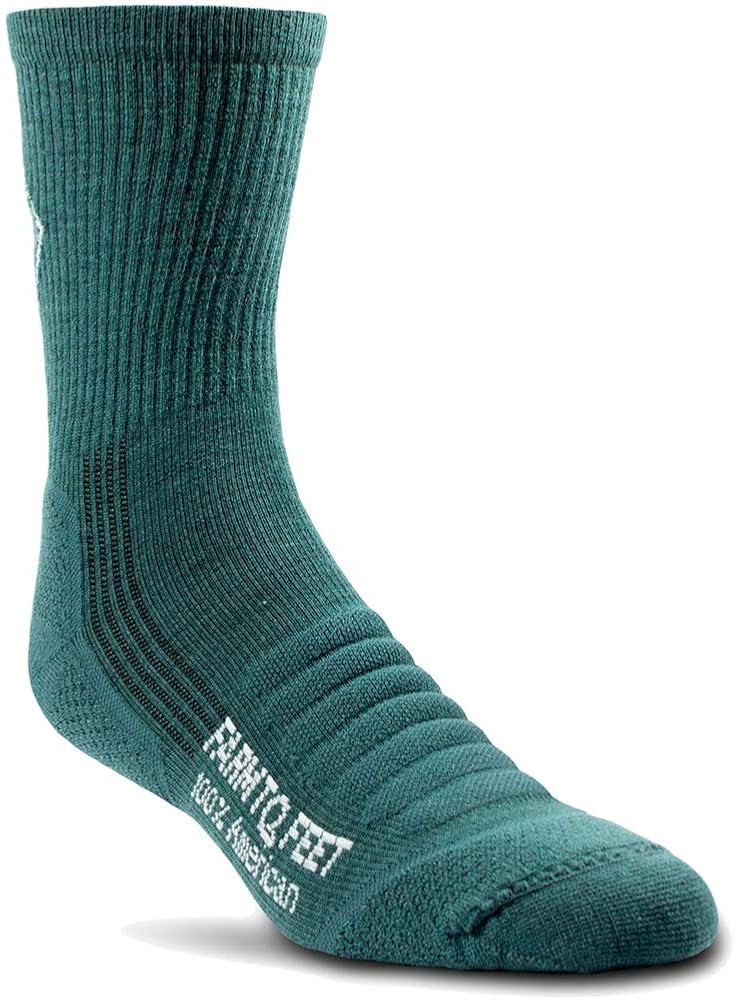By the rules of the outdoor industry, I shouldn’t have been having fun. I was picking my way over boulders in Missouri’s Cathedral Canyon, and I didn’t have a lick of fancy gear.
Backpack, tent, sleeping bag, down coat—all of it was back home in Washington. I left it there when I came to St. Louis to visit my folks for the holidays, not expecting a college friend to invite me on an impromptu overnight backpacking trip in the Ozark Mountains.
But I wasn’t about to turn down an old friend, and so the gear would have to sort itself out. I rummaged through my parent’s basement and found my dad’s old external frame pack from his Boy Scout days—1960s vintage. Then I dug up the foam pad and sleeping bag that had served me so well during my own stint as a Scout in middle school. After I scrounged an old nylon coat from the attic, the ensemble was complete. All I needed now was food, which I grabbed from a gas station en route to the trailhead—a footlong Italian meat sub, paired with a Clif Bar.

From the trailhead, we hiked to an ice-choked creek and followed it upstream past a line of icicle-covered limestone cliffs. We picked our way across rocky glades of block-shaped rhyolite boulders and crossed a log bridge to our campsite beside a tiny waterfall. For dinner, I ate half the sub. The next morning, we watched the sun come up from an open bluff-top vista, and I ate the other half for breakfast.
We had a blast. But in the eye of the outdoor recreation media, we were pariahs.
“We will not run photos of hikers wearing jeans, and sneakers, nor clothing that is out of date (more than 5 years old),” read the photography guidelines for submissions to “Backpacker,” one of the nation’s most popular outdoors magazines. Even if I had submitted my Cathedral Canyon photos, they wouldn’t have stood a chance in the magazine. We violated every single rule.
You don’t need to be wealthy to enjoy the outdoors. But national media outlets—fueled by an unquenchable thirst for advertising revenue—don’t want you to believe that. They want you to think that the only people who are truly “outdoorsy” are thin, athletic 20-somethings wearing thousand-dollar outfits and Instagram-worthy smiles. They’ve perpetuated a lie, and it’s hurting our sport.
I’m as guilty as anyone. I’ve wasted countless hours wandering aimlessly through online gear stores. I’ve sifted through hundreds of listings for jackets, hats, tents, and sleeping bags, mistakenly believing that these items are the key to unlocking happiness outdoors.
If only I had this rain jacket, or that backpack, I say to myself, imagine all the things I’d do… imagine all the places I’d go.
It’s a misplaced idea. True, many outdoor pursuits do require a lot of stuff, and having good gear can make a trip more enjoyable. But generally, I already own that gear. It’s not brand new, but it works. And if I’m unhappy with my life as an outdoor recreationalist, it’s probably not because I don’t own the latest jacket. More likely it’s because I’m spending too little time in the mountains.
After all, expensive gear by itself won’t bring you to the top of that Facebook-famous peak—despite what the manufacturers want you to believe.
John Muir, for one, didn’t have the benefit of space-age insulation or waterproof, breathable fabric, and he never had a problem having fun outside. To prepare for a long backcountry trip, Muir simply “rolled up some bread and tea in a pair of blankets with some sugar and a tin cup and set off.” This is ultralight backpacking, before the dawn of Gore-Tex.
Ultimately, the outdoors is for everyone. Come as you are with what you have, and leave with a better appreciation for the world we live in.
Chances are, you’re going to encounter an outdoor gear ad in the near future. You’ll probably see a happy looking person with a lot of expensive gear. There’s nothing wrong with happy people, or expensive gear. Just do me a favor—don’t assume they’re related.
Paul Chisholm is currently training for a 50-mile trail race from his new home in the Black Hills of South Dakota. He wrote about Oregon’s Wallowa Mountains for the October 2019 issue.













